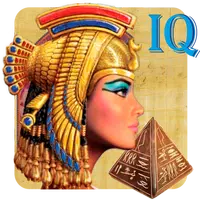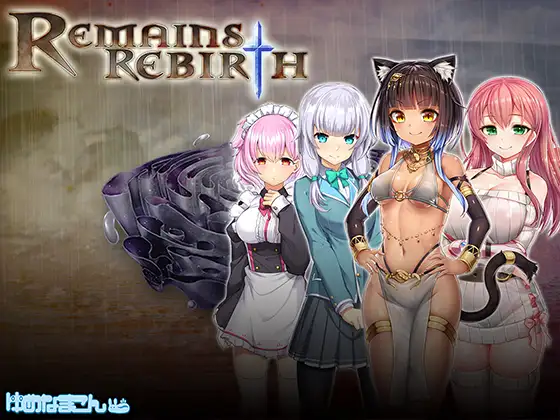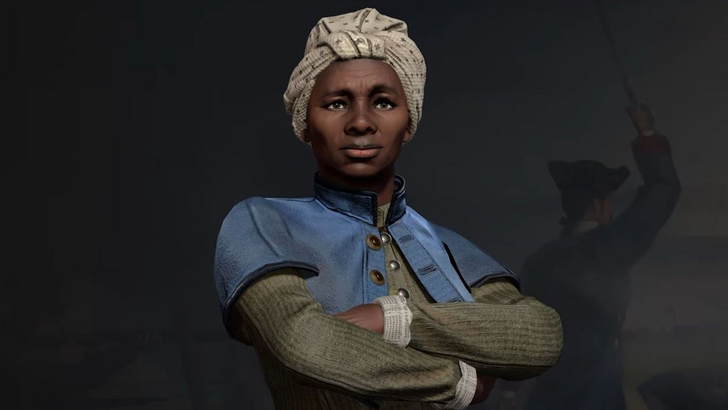
Civilization's leaders are as iconic as the civilizations themselves. Firaxis' approach to selecting national representatives has evolved significantly over the years. This article explores Civilization VII's leader roster and how it redefines leadership within the series' history.
← Return to Sid Meier's Civilization VII main article
Civ VII: A New Era of Leadership
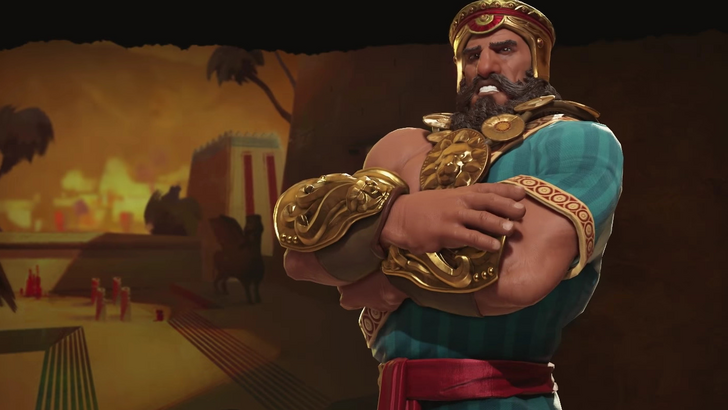
Civ leaders have been a core element of the series since its inception, shaping each civilization's identity. While their role remains crucial, the representation of leaders has diversified across each installment. This evolution reflects changes in how leadership is understood and its impact on gameplay.
This exploration delves into Civilization's history, examining the evolution of its leader roster, the changes in each iteration, and how Civilization VII introduces a unique approach to leadership.
Early Civ: A Focus on Global Powerhouses
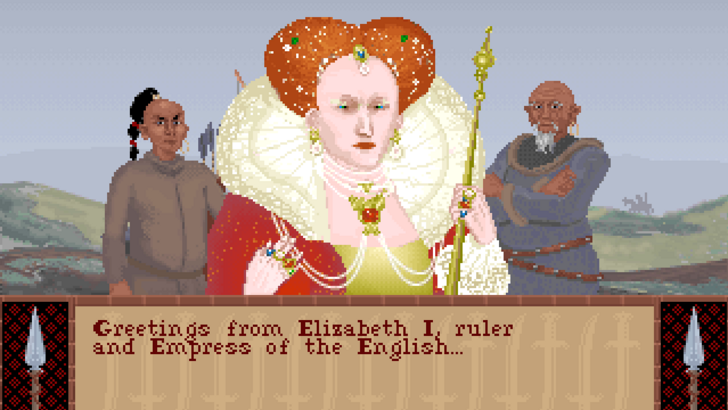
The original Civilization featured a comparatively small roster, primarily representing major global powers and historical figures. With limited design scope and technology, the game included 15 civilizations, featuring leaders like Abraham Lincoln, Tokugawa Ieyasu, and Julius Caesar. The selection prioritized widely recognized historical heads of state, reflecting the era's understanding of leadership. Elizabeth I was notably the sole female leader in this iteration.
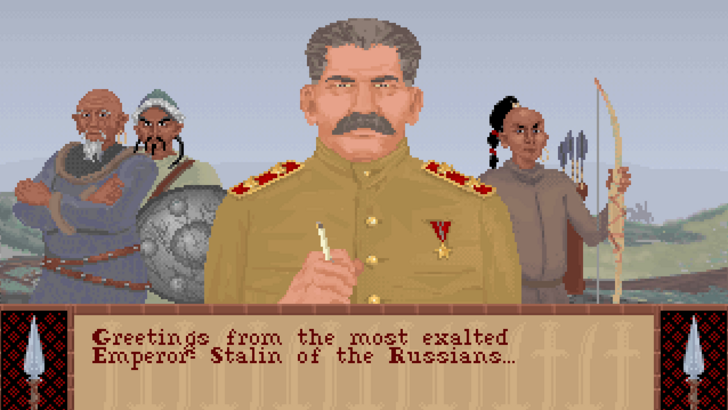
This straightforward approach, while understandable for its time, paved the way for future innovations.
Civ II Through V: Expanding the Definition of Leadership
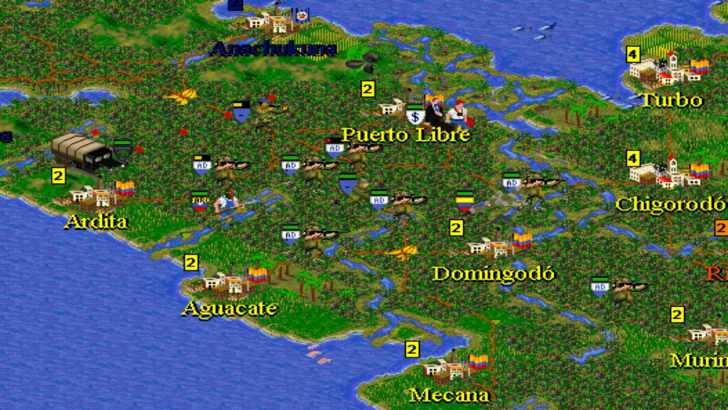
Civilization II expanded the roster and included lesser-known powers. Significantly, it introduced a separate female leader roster, providing alternative choices for each civilization. The definition of "leader" broadened to include influential figures beyond heads of state, such as Sacagawea and Amaterasu.
Subsequent games integrated more female leaders into the main roster. Civ III featured six female leaders, some replacing historically prominent male counterparts. Civ IV and V further expanded the roster and the definition of leadership, encompassing revolutionaries, generals, and reformers. This shift reflected a broader understanding of historical influence.
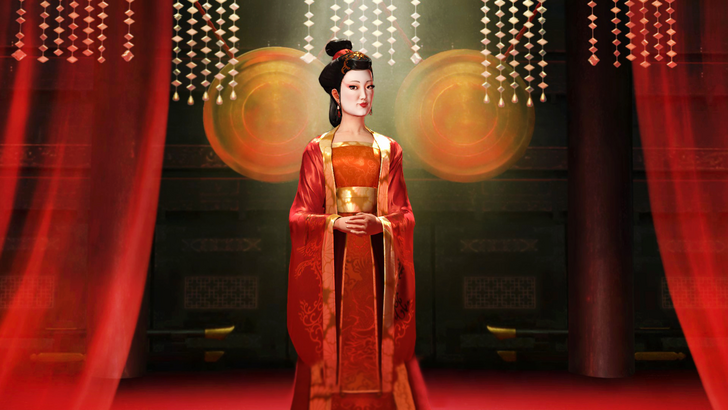
The focus shifted from solely powerful and famous figures to a more inclusive representation of humanity's history.
Civ VI: Characterization and Creative Flourishing
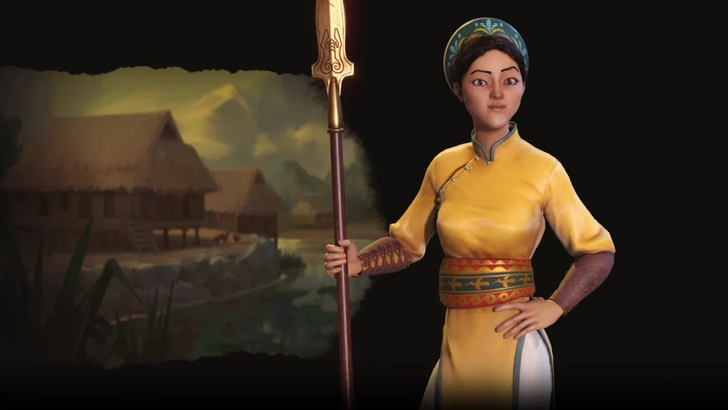
Civilization VI significantly enhanced characterization and diversity. Leaders were depicted as stylized animated caricatures, bringing them to life. The introduction of Leader Personas—alternative versions of the same leader with distinct playstyles—added depth. Lesser-known historical figures, such as Lautaro and Bà Triệu, were included, representing a wider range of cultures and stories.
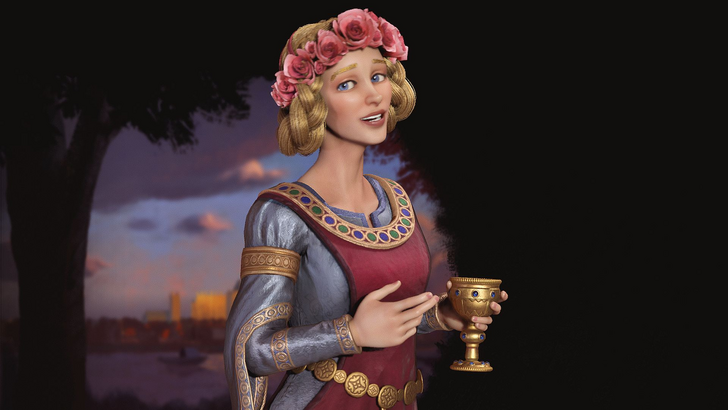
The concept of representing different phases of a leader's life or allowing leaders to represent multiple civilizations (e.g., Eleanor of Aquitaine, Kublai Khan) further expanded the possibilities. This laid the groundwork for Civ VII's innovative approach.
Civ VII: A Bold New Roster
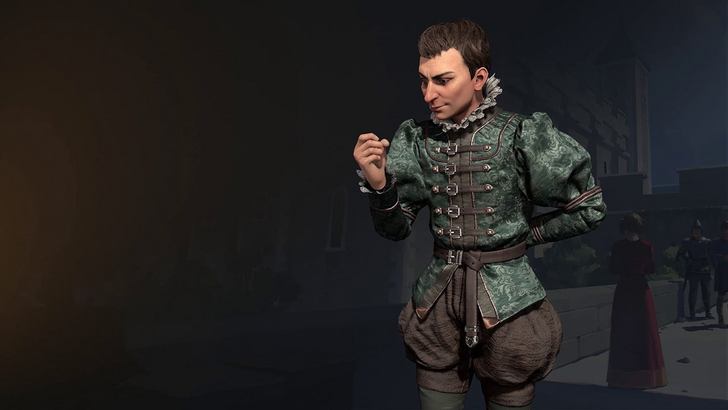
Civilization VII showcases the most diverse and creative leader roster yet. Building upon past innovations, it features unconventional leaders, multiple personas, and carefully curated selections tailored to distinct playstyles. The mix-and-match approach allows lesser-known figures to take center stage. Harriet Tubman, the American abolitionist, is a prime example.

Other notable inclusions are Niccolò Machiavelli and José Rizal, demonstrating a wider scope of leadership beyond traditional heads of state. Over nearly 30 years, Civilization's leader selection has evolved from a focus on global superpowers to a diverse representation of influential figures from various cultures and eras. The definition of leadership has expanded, but its significance remains unwavering.
← Return to Sid Meier's Civilization VII main article
Sid Meier's Civilization VII Similar Games







